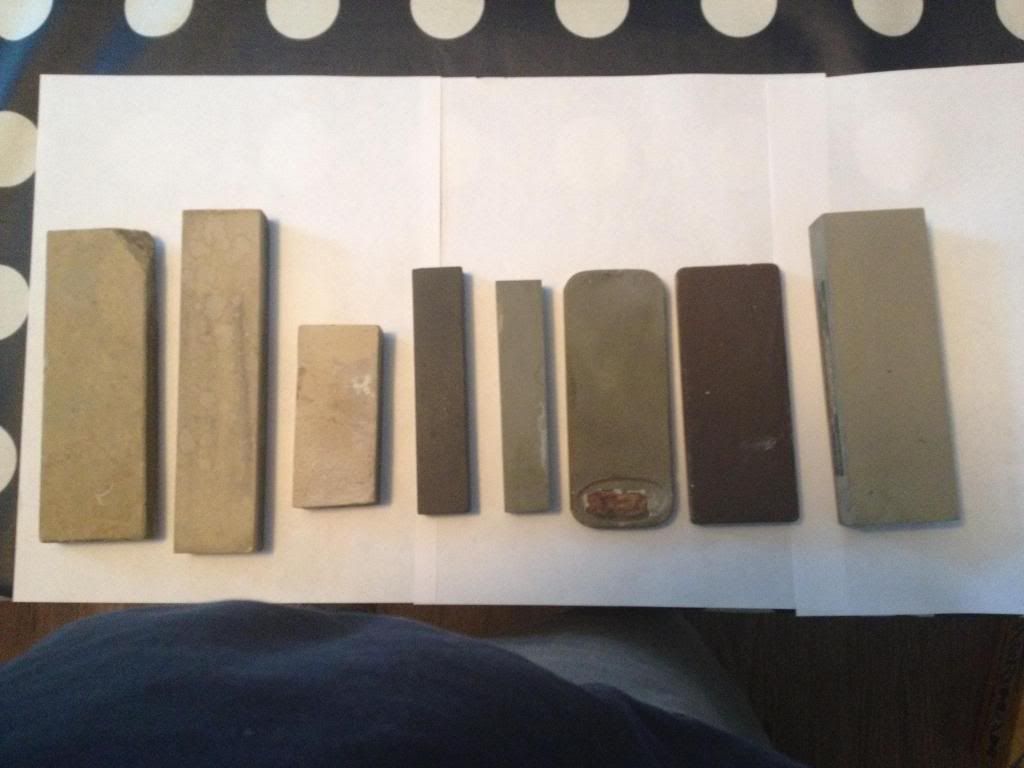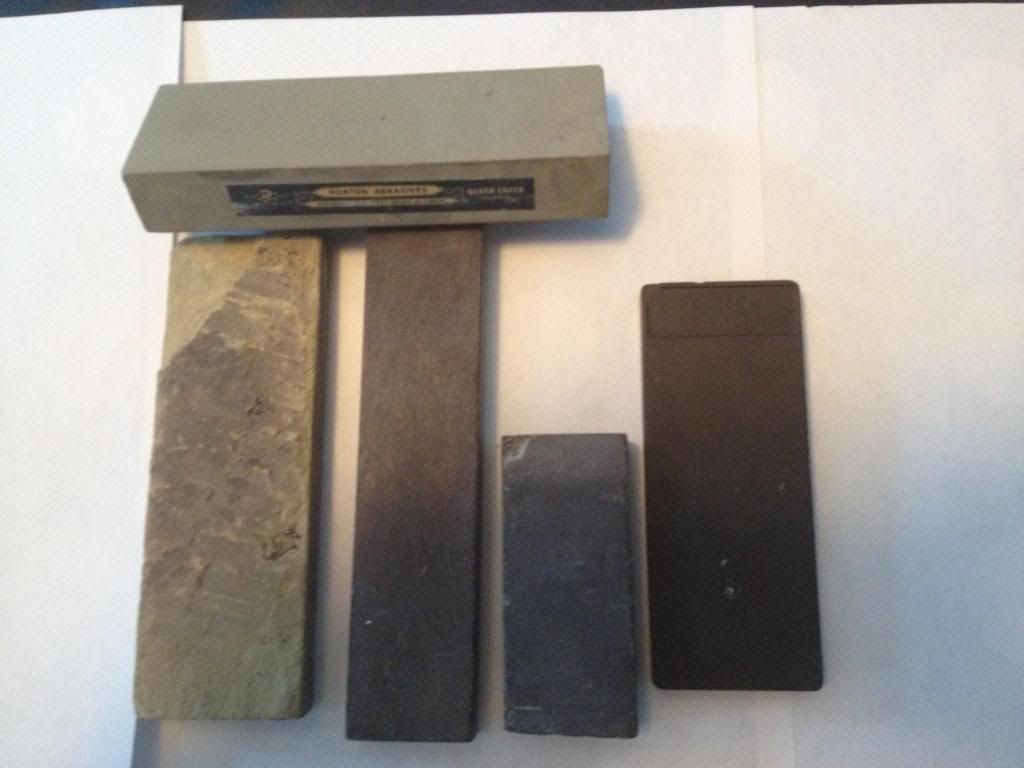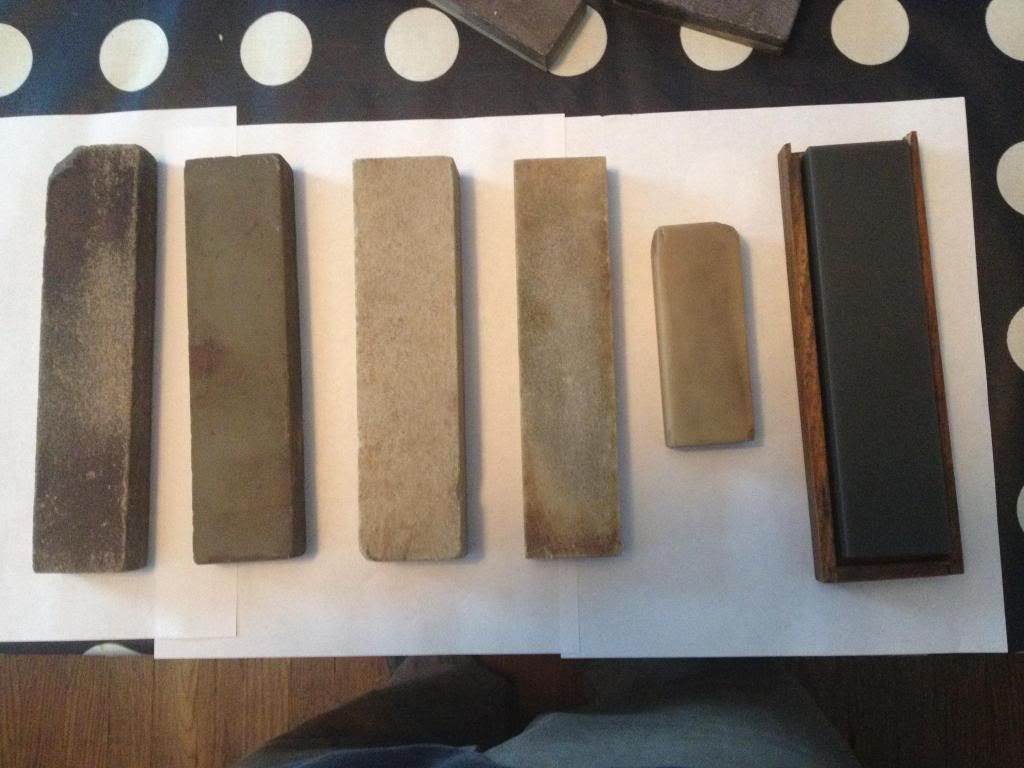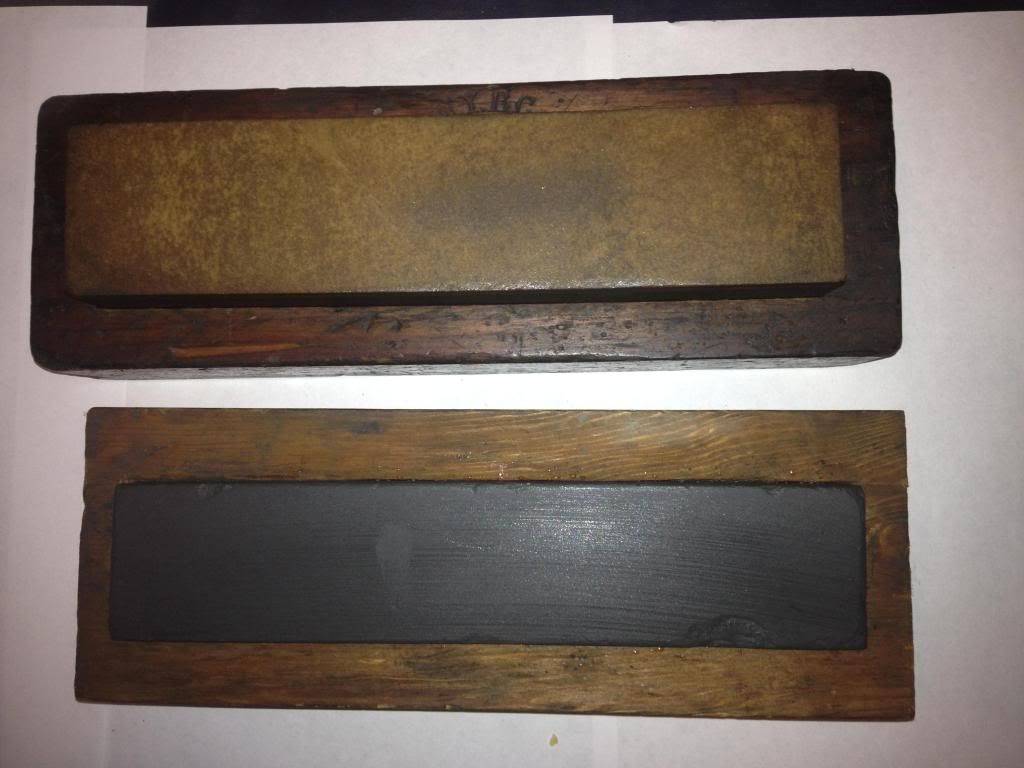Yeah, don't do that if you don't have unallocated discretionary dollars. It is mostly fruitless.
Actually, if I were looking at it from a smart money viewpoint and had to have one, I would get one of the ultra hard razor appropriate stones, or perhaps another stone that I'm going to post later (from south africa) as you can get most of your money back from the razor users and they can be had in sizes large enough to use tools, and with nagura of any type, they'll cut things that oilstones won't. They are also the finest and hardest, and you couldn't use one in two lifetimes, so even a decade later, you'll have wasted little.
They also prevent you from getting a natural stone and saying "well, there's nothing better about this stone than my 8000 synthetic stone", which is generally true for most stones that are a step off of high hardness.




 Reply With Quote
Reply With Quote






